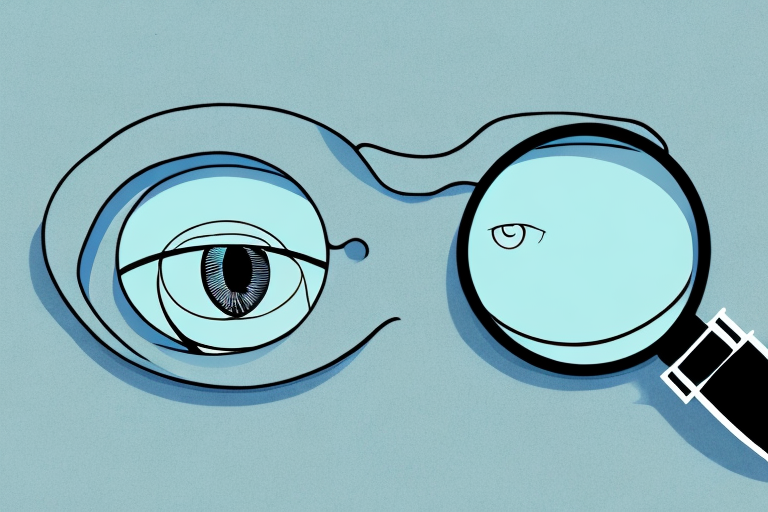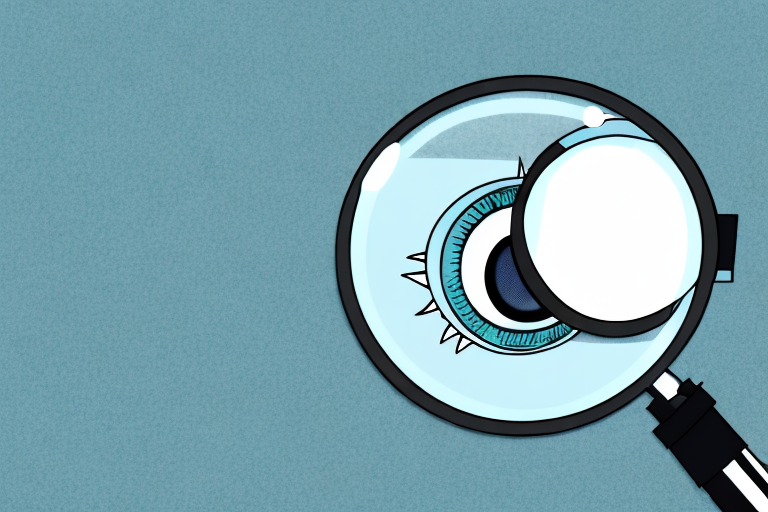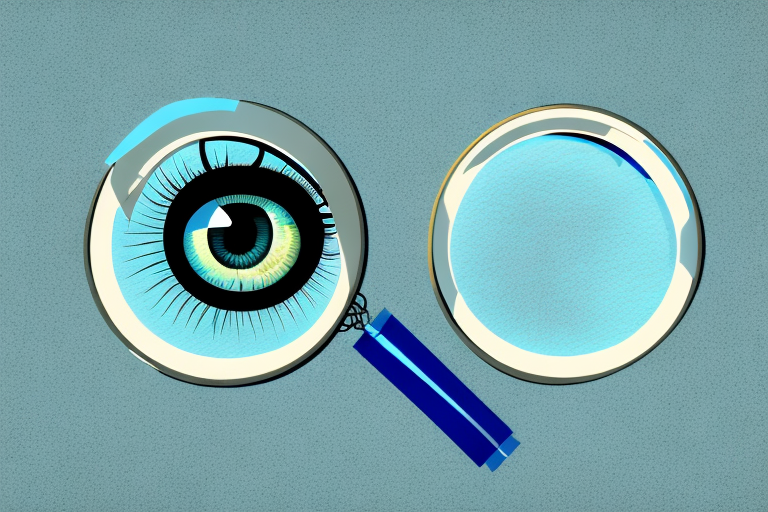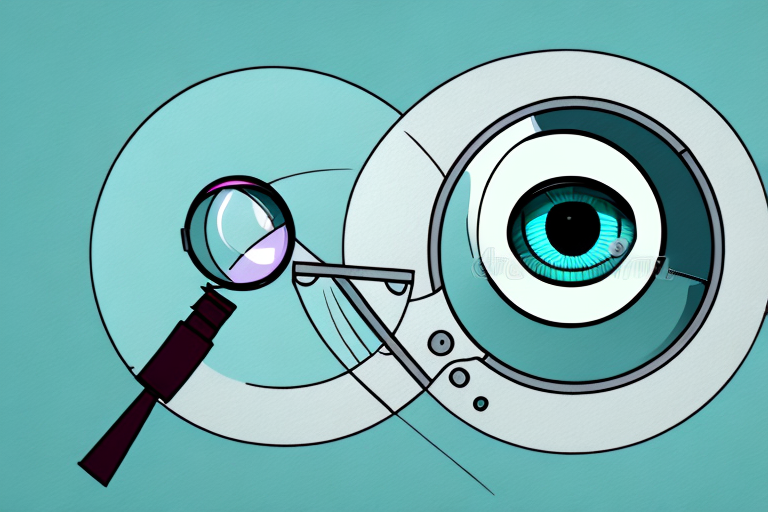Cataract surgery has become routine in today’s medical world. Aging and generally poor health conditions are major causes of cataracts, and the surgery can restore eyesight in most cases. Maintaining optimal eye health is essential throughout life, and after cataract surgery, it is particularly crucial to take good care of your eyes. In this article, we explore everything you need to know about post-cataract surgery care to ensure a smooth and successful recovery.
Understanding Cataract Surgery and Its Importance
As we age, our eyes undergo changes, and one of the most common age-related eye problems is cataract. Cataract is a condition that causes the lens of the eye to become cloudy, leading to blurry vision, sensitivity to light, and difficulty seeing at night. Fortunately, cataract surgery Sydney can restore vision and improve your quality of life.
What is Cataract Surgery?
Cataract surgery is a safe and effective procedure that involves removing the cloudy lens of the eye and replacing it with a clear artificial lens, known as an intraocular lens (IOL). The surgery is usually performed on an outpatient basis and takes about 15-20 minutes to complete.
The most common type of cataract surgery is called phacoemulsification or phaco, which involves making a small incision in the eye and using ultrasound waves to break up the cloudy lens before removing it. The new IOL is then inserted through the same incision and placed in the exact position where the natural lens was located, restoring clear vision.

Another type of cataract surgery is extracapsular cataract extraction (ECCE), which involves making a larger incision to remove the cataract. This procedure may be necessary in cases where the cataract is too dense or hard to remove using phaco.
Types of Cataract Surgery
Phacoemulsification is the most commonly performed cataract surgery because it has several advantages over ECCE. For one, it involves smaller incisions that are self-sealing, resulting in faster healing and less discomfort. Patients who undergo phaco also have a reduced risk of complications such as infection or bleeding.
On the other hand, ECCE requires a larger incision to remove the cataract and may take more time for recovery. However, it may be the preferred option for patients with certain types of cataracts or other eye conditions that make phacoemulsification difficult or risky.
Benefits of Cataract Surgery
The benefits of cataract surgery are immense, as it can restore vision and enhance your quality of life. Here are some of the advantages of cataract surgery:
- Improved vision: Cataract surgery can improve your vision, allowing you to see more clearly and vividly. Colors may appear brighter, and you may notice a significant improvement in your visual acuity.
- Improved reading ability: Many people with cataracts experience difficulty reading due to blurry vision. Cataract surgery can restore clear vision and improve your reading ability.
- Improved quality of life: Cataract surgery can improve your quality of life by allowing you to perform daily activities with greater ease and confidence. You may be able to drive, read, and enjoy hobbies that were once difficult or impossible due to poor vision.
- Reduced reliance on glasses: Depending on the type of IOL you choose, cataract surgery may reduce your dependence on glasses or contact lenses. Some IOLs can correct both distance and near vision, allowing you to see clearly at all distances.
Overall, cataract surgery is a safe and effective way to restore vision and improve your quality of life. If you are experiencing symptoms of cataract, such as blurry vision or sensitivity to light, talk to your eye doctor to see if cataract surgery is right for you.
Immediate Post-Surgery Care
What to Expect After Surgery
After cataract surgery, you can expect blurred vision, sensitivity to light, and discomfort in the eye. You may also experience mild eye tearing, and your eye may feel gritty. These symptoms are normal and will typically subside with time. However, it is crucial to follow your doctor’s instructions carefully to ensure proper recovery and avoid any complications.
It is common to feel some anxiety or nervousness after surgery. Rest assured that the surgical team will be monitoring you closely and providing any necessary care and support. You may also want to have a family member or friend stay with you for the first few days after surgery to help with daily tasks and provide emotional support.

Managing Pain and Discomfort
Your doctor may prescribe eye drops to help ease discomfort and reduce the risk of infection. It is important to use these drops as directed and not to skip any doses. Applying a cold compress to the eye can also help relieve some of the pain and swelling. You can make a cold compress by wrapping a bag of ice or frozen peas in a towel and placing it gently over your eye for 10-15 minutes at a time. It is essential to avoid rubbing your eyes, as this can lead to complications and interfere with the healing process.
If you experience severe pain or discomfort that is not relieved by medication or cold compresses, contact your doctor immediately. This could be a sign of a more serious complication.
Preventing Infection and Complications
One of the most important things you can do after cataract surgery is to prevent infection. You must avoid exposing your eye to dust, dirt, or any other irritants. It is also important to keep your hands clean and avoid touching your eye or face unnecessarily. Your doctor may recommend wearing an eye shield or patch to protect your eye from accidental bumps or scratches.
You should also avoid swimming and hot tubs during the first week of recovery. These environments can increase the risk of infection and slow down the healing process. Make sure to follow your doctor’s instructions and keep the eye patch on until you are instructed to remove it. Any unusual symptoms such as extreme pain, bleeding, or vision loss should be reported immediately to your doctor.
Finally, it is important to attend all follow-up appointments with your doctor. These appointments allow your doctor to monitor your progress and detect any potential complications early on.
Long-Term Recovery and Eye Health Maintenance
Follow-Up Appointments and Monitoring Progress
After cataract surgery, it is essential to attend your follow-up appointments as instructed by your doctor. These appointments are crucial in determining your progress and preventing any potential complications. Your doctor will monitor your vision and healing, ensuring everything is progressing as it should.
During your follow-up appointments, your doctor may conduct several tests to evaluate your vision and overall health. These tests may include visual acuity tests, intraocular pressure tests, and dilated eye exams. Your doctor may also ask you questions about your recovery, such as how well you can see and if you are experiencing any discomfort.
It is important to note that even after your initial follow-up appointments, you may still need to see your doctor periodically to monitor your eye health. This is especially true if you have any underlying health conditions, such as diabetes, that can affect your eyes.
Adapting to New Vision Changes
It takes time for your eyes to adjust to the new intraocular lens. You may notice that colors appear more vibrant and images are much clearer. It is common to experience some difficulty adjusting in the first few days or weeks after surgery. If you experience any unexpected changes in vision, make sure to report them to your doctor.
In addition to adjusting to new vision changes, you may also need to make changes to your daily routine. For example, you may need to wear glasses or contact lenses to achieve optimal vision. Your doctor can help you determine what changes, if any, you need to make.
Maintaining a Healthy Lifestyle for Optimal Eye Health
A healthy lifestyle is crucial in maintaining optimal eye health. This includes eating whole foods such as leafy greens and fish, exercising regularly, and avoiding smoking. It is important to protect your eyes from harmful UV rays by wearing sunglasses with UV protection when outdoors.
In addition to these lifestyle changes, there are also several eye exercises you can do to improve your vision and maintain eye health. These exercises may include focusing on objects at different distances, blinking regularly, and taking breaks when using digital devices for extended periods of time.
By following these tips and working closely with your doctor, you can ensure a successful recovery and maintain optimal eye health for years to come.

Dos and Don’ts After Cataract Surgery
Cataract surgery is a common procedure that can improve your vision and quality of life. However, it is essential to follow your doctor’s instructions to ensure a smooth recovery. Here are some dos and don’ts to keep in mind after cataract surgery.
Activities to Avoid During Recovery
During the recovery period, it is crucial to avoid any activities that may put pressure on your eyes or cause eye strain. Your doctor may advise you to avoid bending, lifting heavy objects, and any strenuous activities in the weeks following cataract surgery. This is because these activities can increase pressure in your eyes and slow down the healing process.
It is also essential to avoid rubbing your eyes or getting water in them. This can increase the risk of infection and slow down the healing process. Light activities such as reading and watching television should be fine, but avoid anything that may cause eye strain or rubbing of the eyes.
When to Seek Medical Attention
While cataract surgery is generally safe, there is always a risk of complications. It is essential that you report any unusual symptoms such as excessive pain, inflammation, and vision loss to your ophthalmologist. Schedule a consultation as soon as possible if you experience any of these symptoms.
It is also important to attend all follow-up appointments with your doctor. Your doctor will monitor your progress and ensure that you are healing properly.
Helpful Tips for a Smooth Recovery
Some helpful tips to keep in mind during your recovery period include:
- Avoid sleeping on the side you had surgery on. This can help reduce pressure on your eyes and promote healing.
- Avoid driving until your doctor gives you the green light. Your vision may be blurry or distorted for a few days after surgery, so it is essential to avoid driving until your vision has fully recovered.
- Avoid rubbing your eyes or getting water in them. This can increase the risk of infection and slow down the healing process.
- Protect your eyes from bright lights and glare. Your eyes may be more sensitive to light after surgery, so it is important to wear sunglasses or a hat with a brim when you go outside.
- Avoid dusty or smoky environments. Dust and smoke can irritate your eyes and slow down the healing process. If you must be in a dusty or smoky environment, wear protective eyewear.
Remember, following your doctor’s instructions and taking care of yourself during the recovery period can help ensure a successful outcome and improve your vision for years to come.
Conclusion
Cataract surgery is a common and successful procedure, but proper post-surgery care is essential for optimal recovery and maintaining healthy eyesight. Always consult with your doctor and follow their instructions carefully. Remember to take good care of your eyes by eating healthy, exercising, and wearing sunglasses when outdoors. By following these tips, you can ensure a smooth recovery and enjoy clear vision for years to come.

